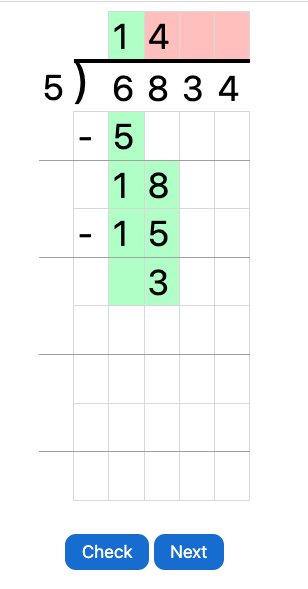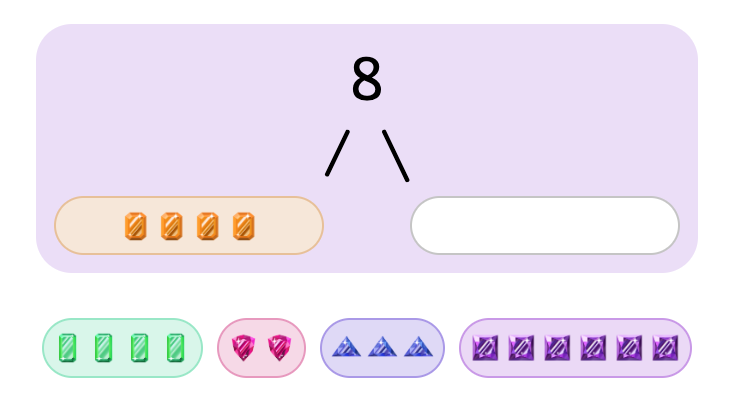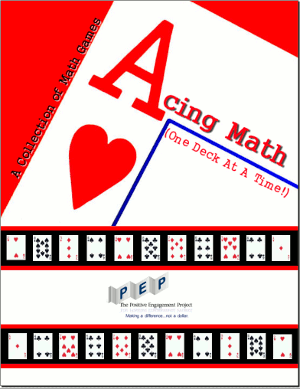 Hello and I hope everyone is doing well!!!
Hello and I hope everyone is doing well!!!
|
1. Math Mammoth newsHomeschool Buyers Club has a 40% off sale for the large Math Mammoth bundles! The sale expires on 3/31/2023.* * * * * * * * * * * *
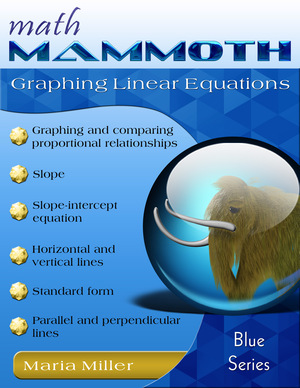 A new book in the Blue series, for 8th grade:
Graphing Linear Equations is a worktext that focuses on various aspects of graphing linear equations and on the concept of slope.
A new book in the Blue series, for 8th grade:
Graphing Linear Equations is a worktext that focuses on various aspects of graphing linear equations and on the concept of slope.
* * * * * * * * * * * *
We will SOON release Grade 5, Canadian version!I know many are waiting for it. |
2. Long division — online practiceNew at Math Mammoth Practice: interactive long division!Choose the range of digits for the dividend and the divisor, and GO! You can check your work at any point... while doing the division, and in the end. Check out interactive long division |
3. Misconception concerning decimalsWhat could cause this type of misconception concerning DECIMALS?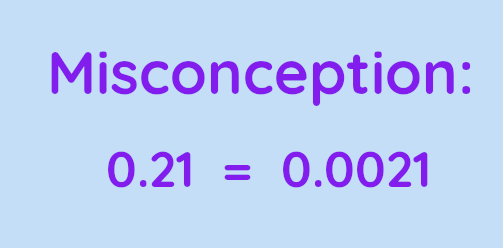 It is called "whole-number thinking". Some students think that the digits on the right side of the decimal point make another whole number. Such students have not fully made the connection between decimals and fractions. Whole-number thinkers are likely to say that the number after 4.9 (4 wholes and 9 parts) is 4.10 (4 wholes and 10 parts). Sometimes students with this type of misconception believe 0.021 is larger than 0.21 just because it is longer. Other students look more carefully at the decimal part as a whole number, so that they will think that 0.21 and 0.0021 are equal, because the two whole numbers 21 and 0021 are equal. To challenge this misconception, use decimals of different lengths. Learn more: Whole-number thinking |
4. Number Bonds gameA new game/activity at Math Mammoth Practice: Number Bonds. It is meant for kindergarten and 1st grade.The child can either work with pictures (jewels) or with numbers. In each exercise, the number at the top is the sum. The child will choose from several possible numbers of jewels, or just numbers, to fill in the missing quantity (or number). Check it out: Number Bonds |
5. Acing MathDid you know?Acing Math is a wonderful and free collection of math card games, by PEP nonprofit. It contains DOZENS of games, ranging from addition to integers and exponents. For example, "Multiplication Zone" (p. 30) a very nice game in that it doesn't just practice multiplication of two numbers, but instead, players need to consider which cards (numbers) they put together to multiply in order to get a product that's in a certain "zone". Download it now! |
6. Just for fun!
Thanks for reading! 🙂 Feel free to forward this issue to a friend/colleague! Subscribe here. Till next time, Maria Miller |
| Complete curriculum | Math games and interactive practice | Math Mammoth freebies | New to MM? Start here |
| Privacy & your personal data | The Big Dipper | Blue Series: For filling in gaps |
